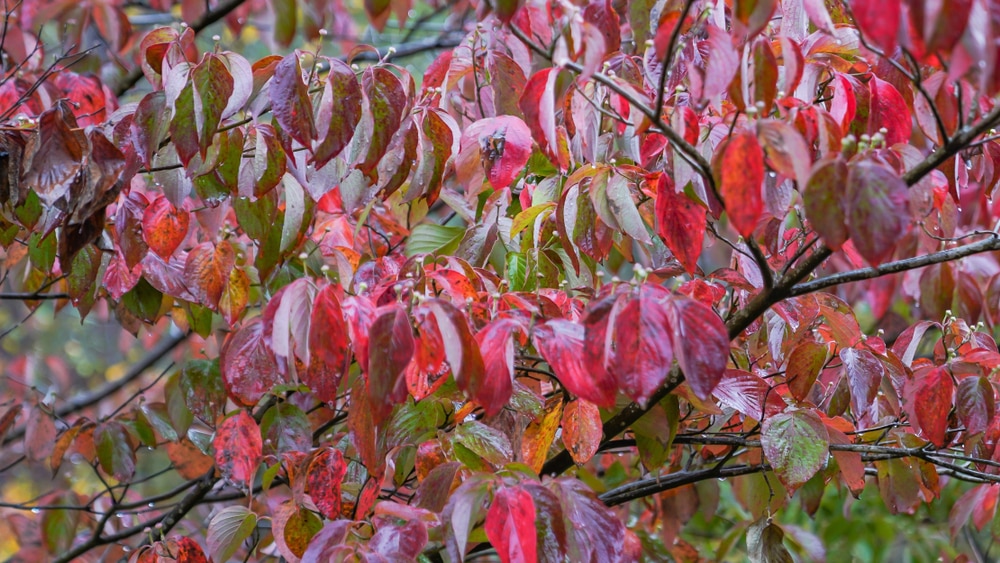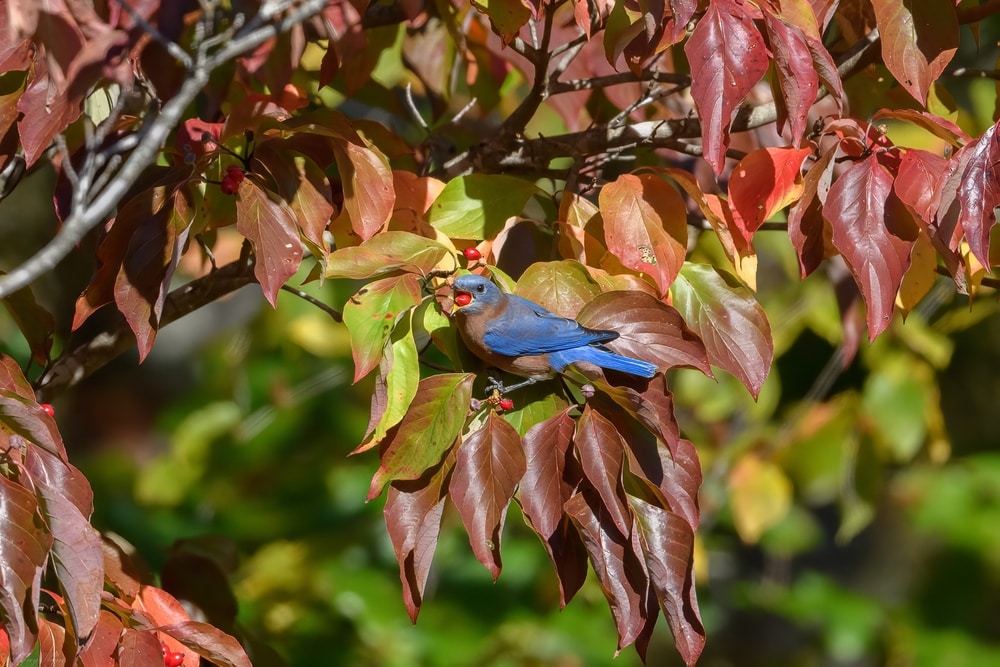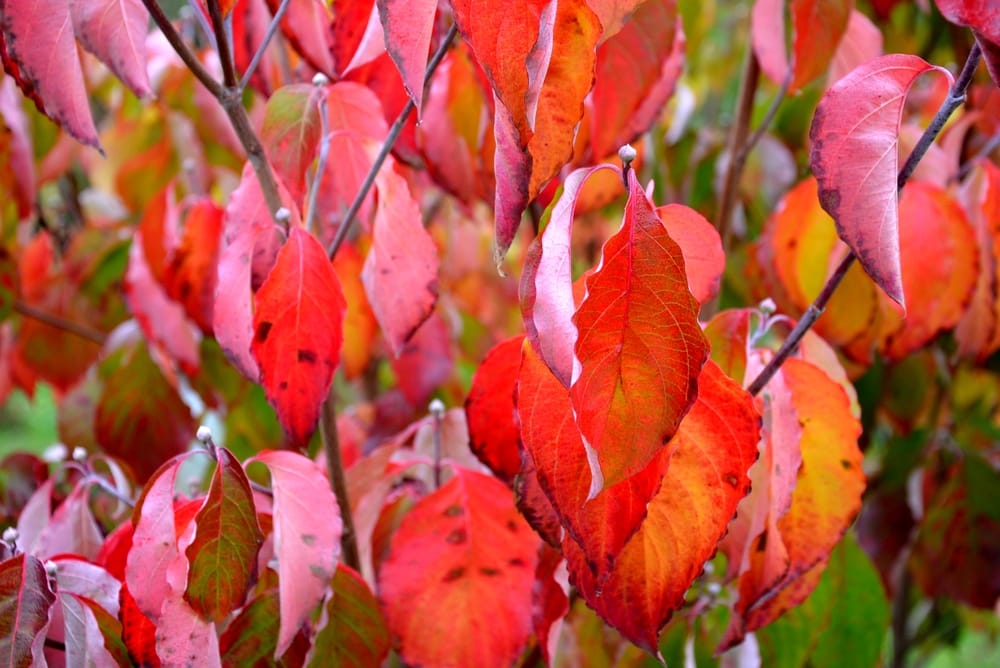The Venus dogwood is a beautiful sight to see during the fall season. Its leaves turn a bright red, and the tree itself becomes a beacon of color in an otherwise drab landscape. If you’re looking for something to spruce up your yard this autumn, consider planting a Venus dogwood!
The Venus Dogwood
Rutgers University is known for many things: its rigorous academic programs, its rich history, and its iconic Scarlet Knights. But did you know that Rutgers is also responsible for breeding a series of dogwoods known as the Jersey Star series?
Venu Dogwoods are hybrid dogwood trees that have been bred from two different species: the Pacific dogwood (Cornus nuttallii) and the Korean, or kousa, dogwood (C. kousa).
The goal of the program was to select dogwoods that were winter hardy and resistant to two prevalent dogwood diseases, powdery mildew and anthracnose.
The result is a beautiful, hardy tree perfect for New Jersey gardens. So next time you see a Jersey Star dogwood, remember that it’s just one more example of the innovative spirit at Rutgers University.
The Venus Dogwood During Fall

As the leaves change color in autumn, the Venus dogwood is a stunning sight. The tree gets its common name from its pretty flowers, which bloom in springtime. The flowers are tiny clusters of greenish-yellowish florets surrounded by four large, white petals.
But it’s during fall when the Venus dogwood shines. The leaves turn a beautiful red hue, providing a stunning contrast to the white flowers. And while the tree is relatively small (it usually only grows to about 15 feet tall), it can impact any garden.
The fruits are about the size of a pea and contain a single large seed. The Venus Dogwood is often used as an ornamental plant due to its showy flowers and attractive fruits. However, the fruits are not edible to humans and should not be consumed. Birds, such as robins and cedar waxwings, are known to eat the fruits and help to spread the tree’s seeds.
Wildlife Attracted To The Venus Dogwood
The Venus dogwood is also a popular choice for landscaping due to its ability to attract wildlife. Birds, bees, and butterflies are all attracted to this flowering tree. The nectar-rich blooms provide an essential food source for pollinators, while birds enjoy the bright berries.
In addition, the thick leaves offer shelter and nesting sites for many types of wildlife. For gardeners who want to attract more wildlife to their yard, the Venus dogwood is an excellent choice.
How To Grow Venus Dogwood
Growing Venus dogwood is not difficult, and it can be done from seed or by propagating cuttings. If you grow Venus dogwood from seed, start the seeds indoors in late winter or early spring.
Sow the seeds on the surface of a moistened seed-starting mix, and keep the mix moist until the seeds germinate. Once the seedlings have developed their first true leaves, they can be transplanted outdoors.
If you are propagating Venus dogwood by cuttings, take 8-10 inch stem cuttings from new growth in late spring or early summer. Dip the cuttings in rooting hormone, and plant them in a well-drained potting mix. Keep the soil moist until the cuttings have rooted. Once they have rooted, the Venus dogwood cuttings can be transplanted outdoors.
No matter how you choose to grow it, Venus dogwood is a beautiful tree that will add interest to your garden. So why not give it a try this fall? You may find that it’s the perfect addition to your landscape.c

